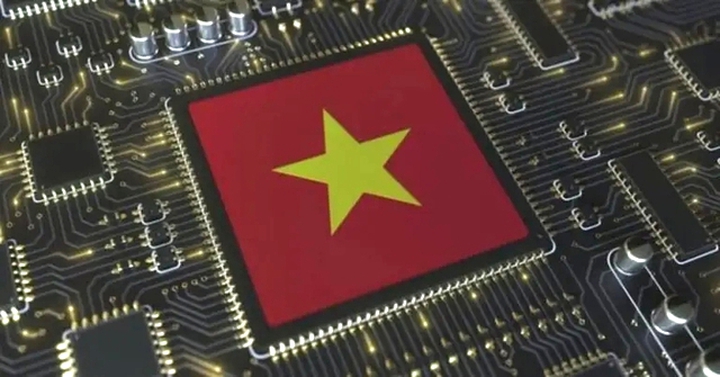Viet Nam’s semiconductor industry attracts US$11.6 billion in FDI in 10 months
<p style="text-align: justify;">So far this year, Viet Nam has attracted more than 170 foreign-invested projects in the semiconductor sector, with total registered capital of almost US$11.6 billion, according to Deputy Minister of Science and Technology Bui Hoang Phuong.</p>

Viet Nam has been an attractive destination for semiconductor investment
These projects focus primarily on two key segments of the global semiconductor value chain—chip design and packaging and testing. They include around 60 chip design companies, eight packaging and testing projects, and more than 20 enterprises supplying semiconductor materials and equipment. Major global players such as Intel, Amkor, Hana Micron, Coherent, and VDL have all established operations in the Southeast Asian country.
Speaking at SemiExpo Viet Nam 2025, which opened on November 7, Deputy Minister Bui Hoang Phuong highlighted that Viet Nam possesses significant potential and structural advantages for accelerating semiconductor industry development. The country's strategic location in Southeast Asia—close to leading global chip manufacturing hubs—positions it well to seize opportunities from ongoing supply chain restructuring.
Viet Nam's high degree of economic openness and its extensive network of free trade agreements further strengthen its attractiveness to high-tech and semiconductor investors.
Beyond joining the global semiconductor value chain, Viet Nam aims to build a competitive, advanced, and dynamic semiconductor ecosystem that contributes to national autonomy and sustainable development.
While challenges remain—such as limited high-tech human resources, underdeveloped ecosystem, and modest domestic demand—Viet Nam benefits from strong geopolitical advantages, deep global integration, double-digit growth in electronics exports, a young and tech-savvy population, flexible legal and policy frameworks, and, above all, strong political will from top leadership.
Deputy Minister Bui Hoang Phuongadded that political commitment is perhaps Viet Nam's greatest strength in realizing its semiconductor ambitions. The Government has approved a national strategy for semiconductor industry development through 2030, with a vision toward 2050.
The country also leverages a robust electronics manufacturing base, with hardware exports exceeding US$132 billion in 2024, alongside a large and increasingly skilled workforce—comprising 1.9 million technology workers and over 7,000 trained chip design engineers—forming a vital talent pool for future semiconductor growth./.
